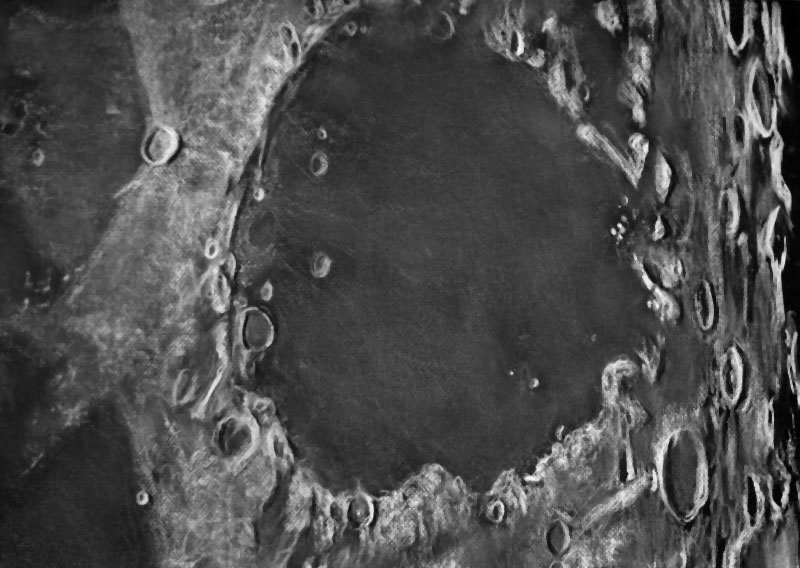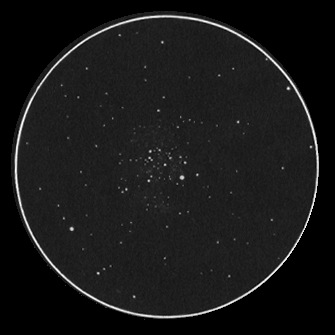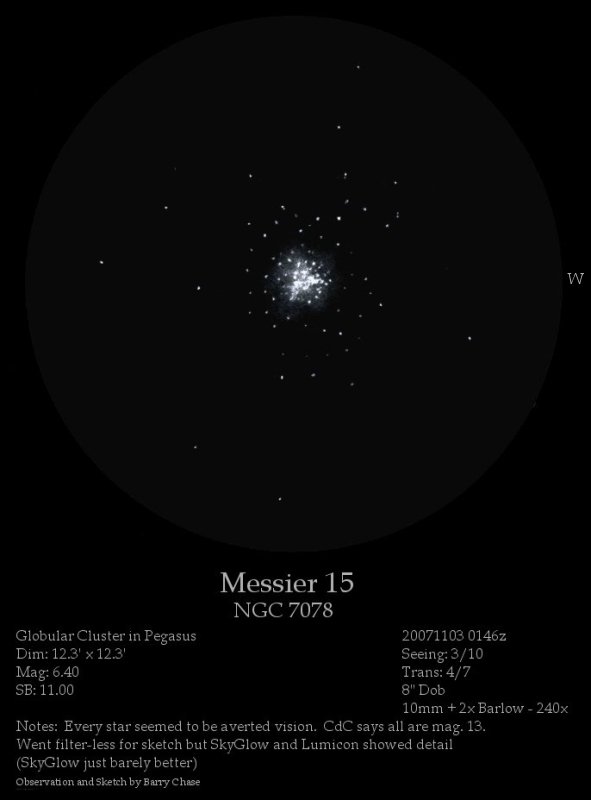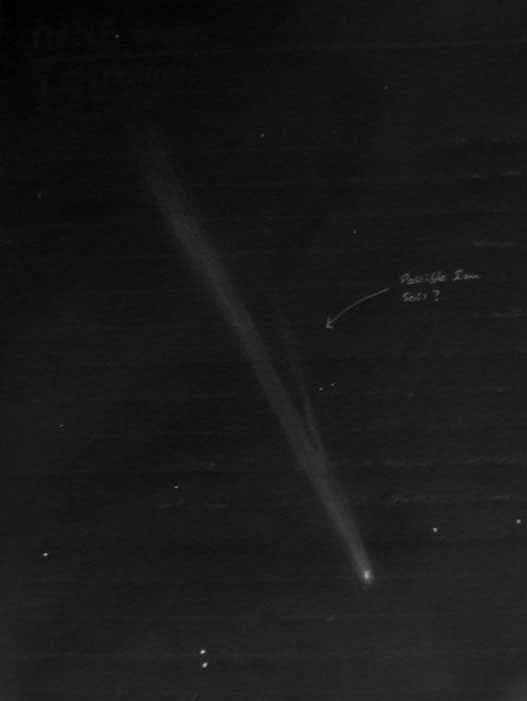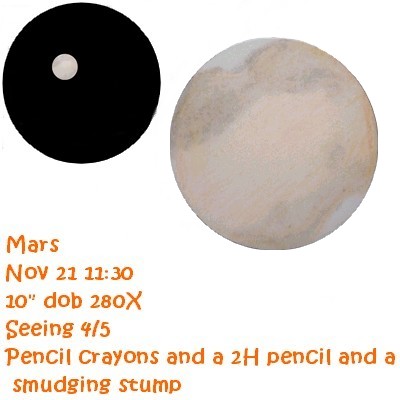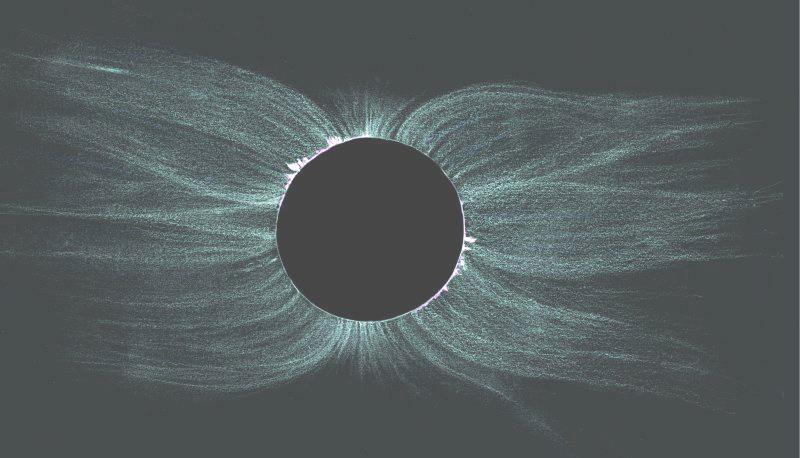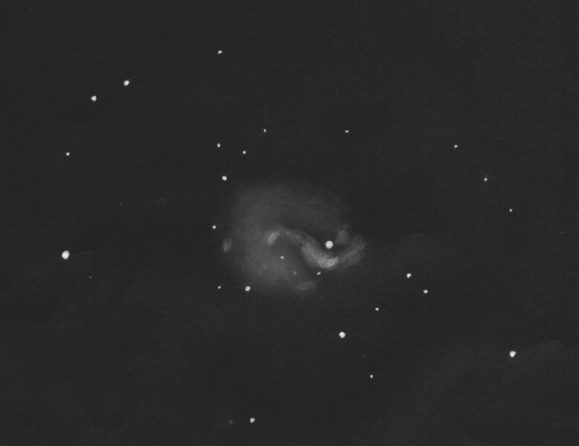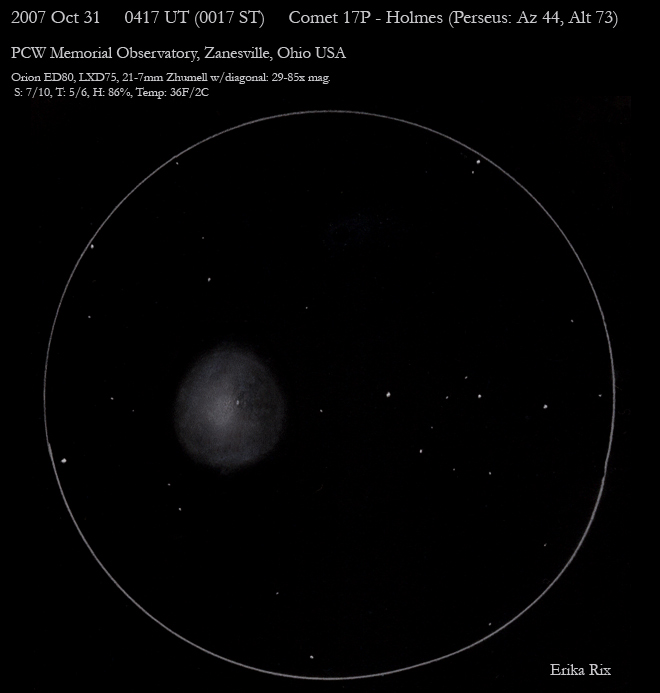Mare Crisium
By Richard Handy
The history of the Moon is written by impacts and volcanism. Nowhere is this more apparent than the lunar maria. Mare Crisium, unique among the nearside maria for being completely embayed by the lunar terrae, formed as a result of a 25 km impactor that struck the northeastern quadrant of the Moon some 3.9 to 3.85 Billion years ago. Imagination pales in comparison to the fury of this event. At first impact, all craters that had formed previously in the target area were swept clean of the surface as a deep basin from 10-25 km deep and 500 km in diameter formed. The very surface of the moon, rebounding from the shock of compression, acted like the surface of a pond that was stuck by a pebble, as large undulating seismic waves spread out from the center of the impact, across the basin floor, lifting huge blocks of lunar crust and faulting them in concentric rings at regular intervals. Shock melted material mixed with pulverized regolith called fluidized flow fronts, splayed out radially and nearly horizontal to the surface, creating strange braided landforms and teardrop formations as they tore through crater walls, burying what they did not destroy. A rain of secondary impacts followed, some taking long arching trajectories before impacting several minutes later, hundreds of kilometers away into the distant surrounding terrain. Although the entire basin was created in a few milliseconds, the lavas that cover Mare Crisium itself took hundreds of millions of years to emplace. Impacts that create basins also create deep fractures or faults in the bedrock beneath them. Working in concert with these natural conduits is a mantle that is closer to the surface due to uplift. As a result basaltic lavas found easy access to the surface following these fractures and the Crisium basin gradually became Mare Crisium. Over the course of the next billion years various lava flows erupted onto the mare, covering large portions that had previously been filled in. Nevertheless the mare’s surface is still quite deep in relation to the mean lunar surface, in areas close to 8 km deep according to recent Clementine data. At the western edge of Crisium lies the dramatic butterfly winged rays of Proclus, ejected predominantly lateral to the crater, in two wide 40 degree fans as well as a few subtle down range dustings, the most obvious ray almost bisecting the mare. This is a result of a low angle impact (less than 45 degrees to the surface). As it turns out, Crisium itself is elongated in the east-west direction, perhaps the result of just such a glancing strike.
Here are the sketch details:
Subject: Mare Crisium Rukl: 26, 27, 37, 38
Date: 2-2-07 Started- 6:20 UT End- 8:37 UT (2-3-07)
Seeing: Antoniadi III Weather: Clear
Telescope: 12″ Meade SCT f/10
Binoviewer: W.O. Bino-P with 1.6X Nosepiece.
Eyepieces: W.O. WA 20mm Plossls
Barlow: none
Magnification: 244X
Lunation: 15.1 days Phase: 348.4 deg Illumination: 99.9%
Colongitude: 97.5 deg Lib in Lat.: -1 deg 51 min Lib in Long.: +04 deg 03 min
Sketch medium: White and black Conte’ Crayons on black textured Strathmore paper.
Sketch size: 18″ x 24″.

